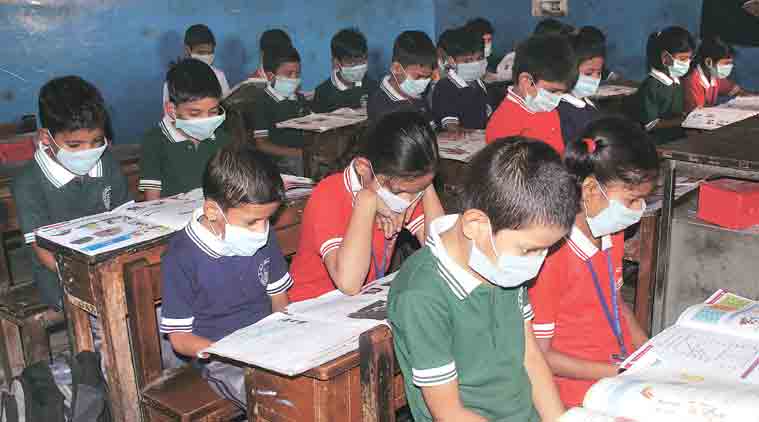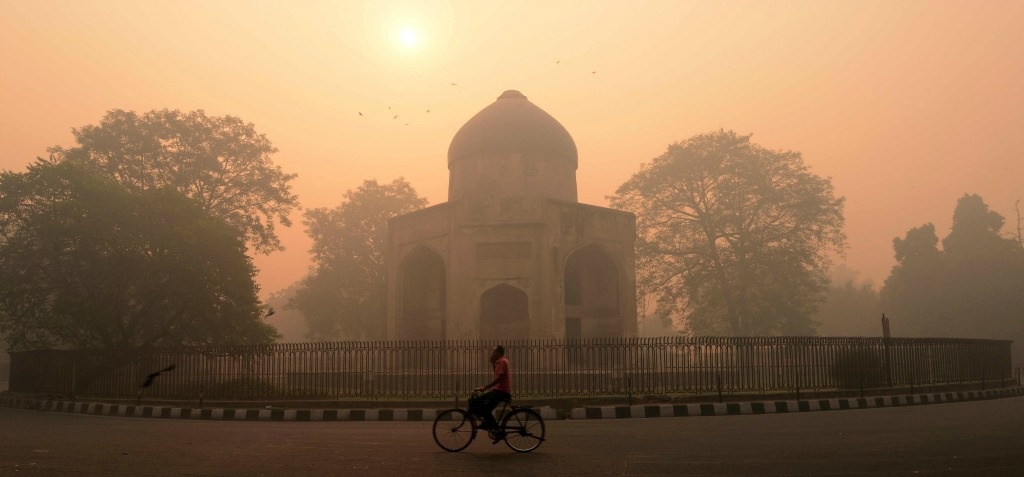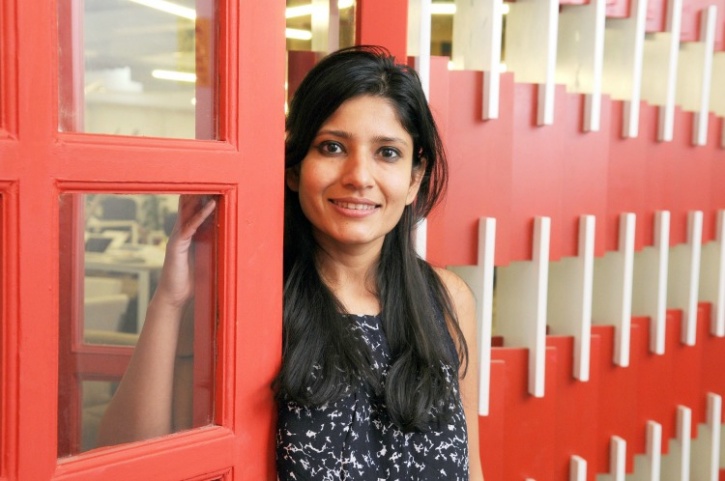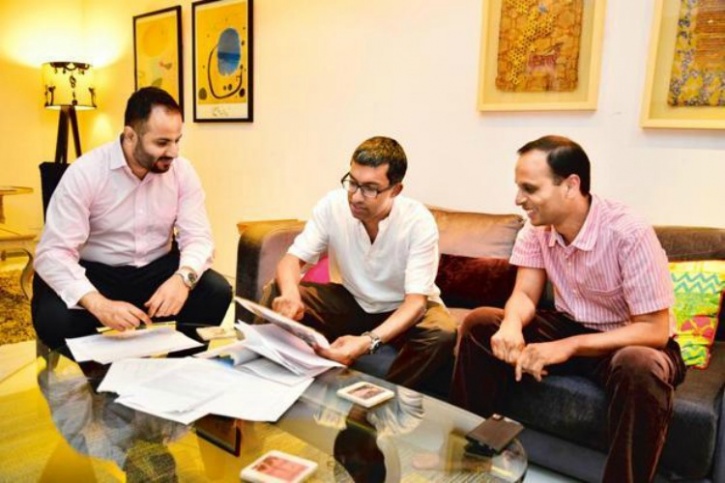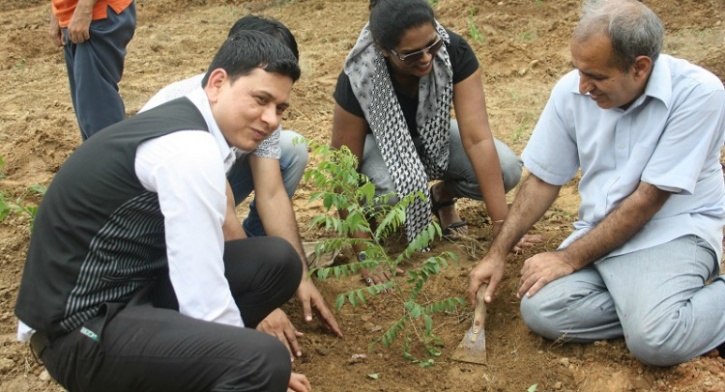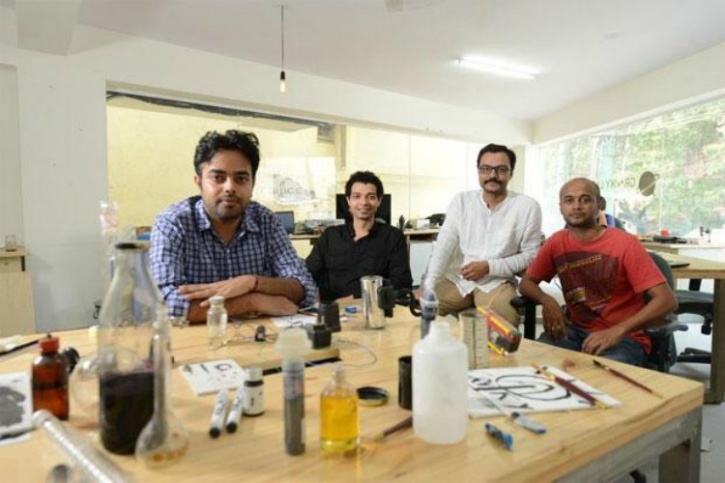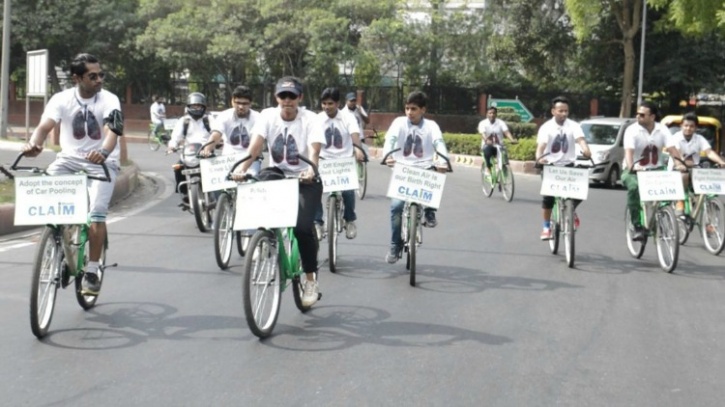Recently, the State Quality Inspection Administration announced the 10 categories with the daily lives of consumers in relation to the national product quality supervision and inspection results, the air purifier products pass rate for 75.4%, that is to say, the sale of each of the four City air purifier, one belonging to the unqualified products.
The sample for the air purifier for the first time national supervision, a total sample of 8 provinces (city) 56 production of 61 batches of products, the total number of enterprises nationwide checks nearly 1/5 production enterprises, the basic coverage of all the well-known brands in the industry. The products were tested for safety index, performance index and electromagnetic compatible index ect. 3 aspect 21 projects.

< weekly quality report > Video: survey on quality of air cleaner
15 batches of product purification performance is not qualified
The performance index of the consumers are most concerned about, is to detect the air purification ability, test results show that the 14 production of 15 batches of substandard products, substandard products detected in the 24.6%. particle amount of clean air, there are 2 batches of substandard particles accumulation amount of purified 1 batches of unqualified, formaldehyde purification efficiency (effectiveness) of 3 batches of unqualified noise, 5 batches of substandard.

Substandard products and production enterprises are:
Beijing Jing Mei Shi environmental science and Technology Co., Ltd. is the nominal net beauty of the United States Shi mfresh air purifier;
Lang Yi environmental protection technology (Shanghai) Co., Ltd. (manufacturer: Leopard meter information technology (Shanghai) Co., Ltd.) nominal for the leopard meter air purifier;
Long Yi environmental protection technology (Shanghai) Co., Ltd. (manufacturer: Zhejiang primitive life Electric Appliance Co., Ltd.), the nominal as the original air purifier;
Air cleaner of MITSUBISHI heavy industry air conditioning system (Shanghai) Co., ltd.;
Nominal Shanghai Lifana enterprise development limited for the ion air purifier refinair;
Shanghai SIASUN Electronics Co., Ltd. is a nominal somputon SIASUN SIASUN air purifier;
Morrell appliances (Kunshan) Co., Ltd. is moral nominal Morrell Antarctic wind h03;
Zhejiang Yitian Energy Environmental Technology Co. Ltd. as the nominal air purifier Yusana;
Malata Zhangzhou Electric Appliance Co., Ltd. is a nominal air purifier for Malata;
Guangdong Clean Technology Co., Ltd. is a nominal kbis air health machine.
Safety performance is not up to the existence of risk of electric shock
Air purifier as a kind of household appliances, the safety index is mandatory, according to the national mandatory standards for household appliances to detect.

The spot checks found that the safety performance of substandard products:
Shanghai Qin Zhuo Electronics Co. Ltd. (manufacturer: Shanghai Hao Ze Kang Ford Environmental Technology Co. Ltd.) the nominal haoze novowater air purifier;
Kunshan Xin Yi nominal Motor Technology Co. Ltd. as the thin air purifier sheeraire seats ireland;
Morrell appliances (Kunshan) Co., Ltd. is moral nominal Morrell Antarctic wind H03;
Zhejiang Yitian Energy Environmental Technology Co. Ltd. as the nominal air purifier Yusana;
Guangdong Net Technology Co., Ltd. is the nominal kbis of the air health machine;
Weishimao Ann commercial electronic technology (Zhuhai) Co., Ltd. (manufacturer: Zhongshan city life equipment Technology Co. Ltd.) the nominal yeah should Wyatt air purifier;
Shenzhen City Department of the Qing Dynasty, the nominal for the exchange of clean technology air purifier.
Most product batches compatibility substandard
Most of the families would also have many electrical appliances, so these appliances put together, can coexist peacefully, will not interfere with each other? EMC performance of air purifier is mandatory. The state supervision and inspection results announced, the electromagnetic compatibility is the most unqualified batch tests, including continuous harassment the voltage project has 8 batches of substandard, continuous harassment power projects 4 batches of substandard.
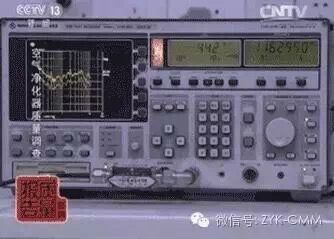
Electromagnetic compatibility substandard products include:
Lang Yi environmental protection technology (Shanghai) Co., Ltd. (manufacturer: Leopard meter information technology (Shanghai) Co., Ltd.) nominal for the leopard meter air purifier;
Nominal Shanghai Lifana enterprise development limited for the ion air purifier ReFinAIR;
Shanghai SIASUN Electronics Co., Ltd. is a nominal SOMPUTON SIASUN SIASUN air purifier;
Nominal Suzhou beiang for domestic air purifier beiang;
Morrell appliances (Kunshan) Co., Ltd. is MORAL nominal Morrell Antarctic wind H03;
Zhejiang Yitian Energy Environmental Technology Co. Ltd. as the nominal air purifier Yusana;
Guangdong Net Technology Co., Ltd. is the nominal KBIS of the air health machine;
Weishimao Ann commercial electronic technology (Zhuhai) Co., Ltd. (manufacturer: Zhongshan city life equipment Technology Co. Ltd.) the nominal yeah should Wyatt air purifier;
Shenzhen City Department of the Qing Dynasty, the nominal for the exchange of clean technology air purifier.
Select six core indicators for air purifier
The sample of 61 batches of products, 35 batches of products in March 1, 2016 since the implementation of the GB/T 18801-2015< air purifier > the latest national standard, accounting for the total number of checks the product 57.4%. to the latest national standard does not execute the product, its performance index was determined in accordance with the inspection standards and product quality requirements. The experts express said that enterprises do not implement the new national standard does not mean that the enterprise can reduce the quality of products, in fact, mainstream domestic brands all express enterprises have to implement the new national standard.
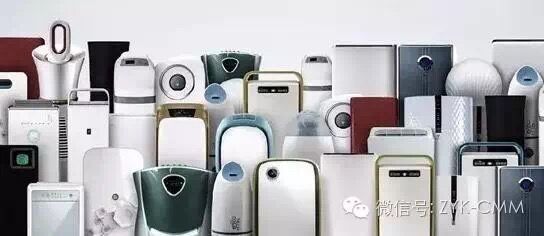
In carrying out the inspection work at the same time, in order to guide consumers to purchase, quality inspection departments also carried out detection and comparison of product key performance index, were all random products of particle clean air volume (CADR), formaldehyde (CADR), the amount of clean air purification efficiency of particulate matter (performance), formaldehyde purification efficiency (performance), particulate matter (CCM), the cumulative amount of purified six key performance indicators such as noise detection and single detection value together with the inspection results be announced to the public, and guide consumers to carry out scientific and rational choice of products.
Experts suggest that if consumers choose to air purifier products, priority selection to determine the qualified product. “Since the implementation of the new GB products, on one hand, it is through the quality, on the other hand also shows that the nominal value of sound, not deceive consumers suspected”
Experts suggest that the haze of consumers are concerned about the selection of particulate matter purification capacity is relatively good purifier. You need to see the removal of formaldehyde CADR indicators relatively large purifier.

